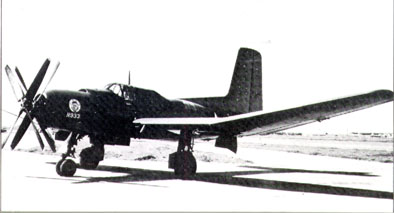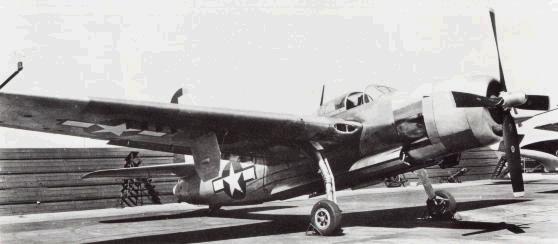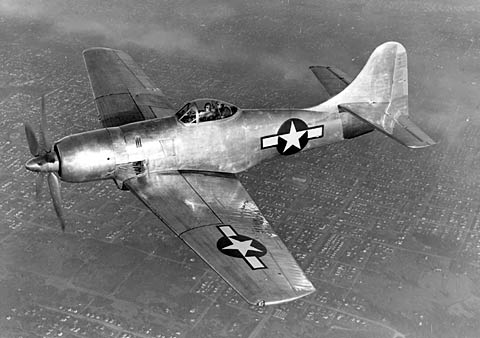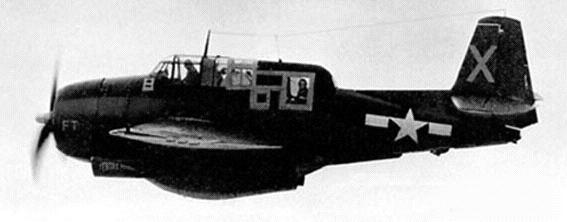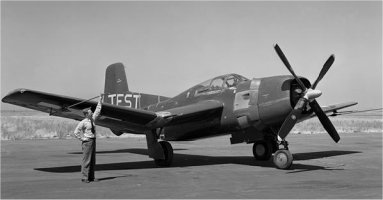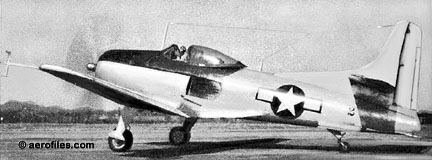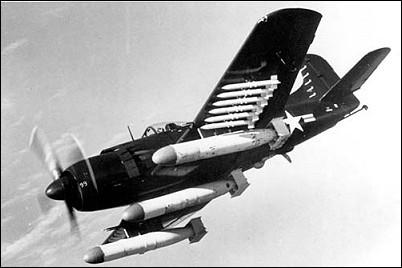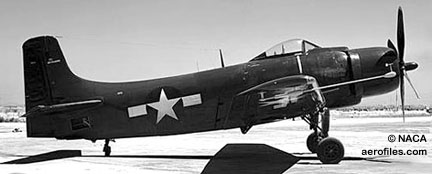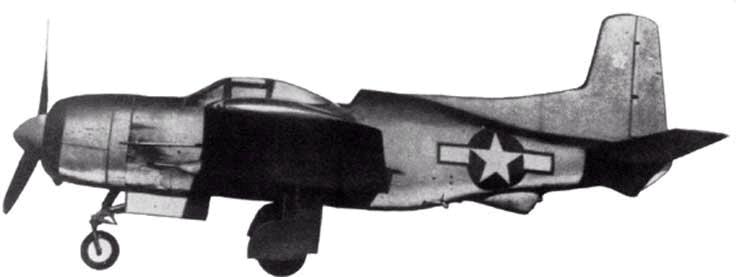Can anybody here help me getting to the bottom of the USN´s late WWII attack aircraft?
Endless numbers of almost forgotten prototypes on which it´s difficult to find information, not to speak of the reasons why all the others in the end lost out to the Douglas XBT2D (later AD Skyraider). I´ll sum up the little I know and hope someone can fill in the rest;)
-Douglas XBT2D (later AD Skyraider): Enjoined a long production run in many versions.
-Martin XBTM (later AM Mauler): A “real” contender to the AD. About 150 produced before it was established that the Navy liked the AD batter (mainly for its better slow speed handling (important for carrier based aircraft…)
-Boeing XF8B: designed to attack Japan from carriers far, far, far off shore. The reason given for this aircraft not advancing beyond prototypes is normally: delayed due to priority given to the B-29, navy lost interest.
Why did it loose interest, was it never considered a rival to the AD and why?
All the extra speed, range and ceiling of this (very good looking) aircraft was not needed? Or did the Navy tired of internal weapons bays?
-Douglas BTD: Some produced during the war. I´ve been unable to establish whether this aircraft was in competition with the AD, or just declared obsolete with the apperance of the AD. Obviously the navy didn´t want it. There was an XBTD-2 prototype with a jet engine in the belly, but this might have been for purely experimental reasons.
-Douglas XTB2D: (you should really find a picture if you don´t know this aircraft) By size; in a class of its own. It was probably too large and I think the Navy lost interest in defensive armament (I THINK the Navy by this time had established that defensive armament wasn´t worth the weight and bother, and the A/TB/SB aircraft would be escorted anyway), but the only reason I´ve found for the demise of this giant is that “it represented obsolete technology”. (It was a contemporary of the AD, both from Douglas).
-Grumman XTB3F: (later developed into the AF Guardian ASW aircraft) A large torpedo plane with a J-30 jet engine in the tail, which was slower than the AD/AM even with the jet in operation. (The navy decided it did not want TB´s of this size XTB3F/XBT2D ??).
-Curtiss XBTC/XBT2C: The most forgotten or ignored of the lot, I don´t even know if the names cover more than one aircraft, or if, whether both flew.
Fleetwings XBTK: I seems to have flown since a photo exists, otherwise info is very sparse. I´d like any info on this one.
Grumman also put a Goblin jet engine in the fat body of a TBF Avenger (making it look even fatter). I don´t know the purpose of that exercise, but it was probably not an attempt to improve the TBF or prolong its production/service life. (A test for XTB3F might not be of the mark?)
And another thing: Grumman designed a twin engined attack bomber for carrier use in mid WWII called XTB2F, I´ve seen a picture (perhaps a mock up) in a magazine many years ago, but can´t find anything about it anywhere.
